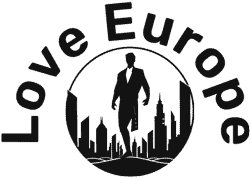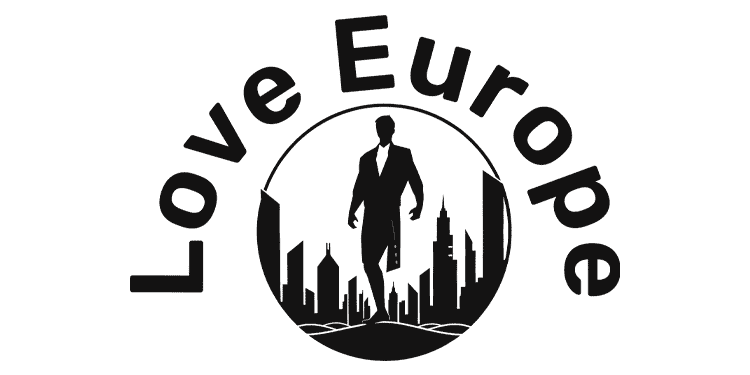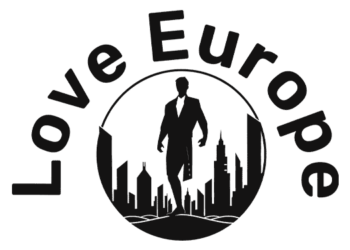global economic trends. According to a recent report from TradingView, industrial production in Sweden has faced headwinds, yet the rate of downturn appears to be easing compared to previous months. This shift raises questions about the resilience of the manufacturing sector in the face of ongoing supply chain disruptions, rising costs, and fluctuating demand. As analysts sift through the figures, the implications for Sweden’s economic recovery and its position in the broader European context remain critical areas of focus.
Sweden Sees Decline in Industrial Production as Economic Uncertainty Persists
Recent reports indicate a noticeable contraction in Sweden’s industrial output, highlighting growing concerns over economic stability. The decline,while softer than previous months,reflects the broader apprehensions surrounding global economic conditions,which have been exacerbated by rising inflation and shifting consumer behavior. Analysts suggest that various sectors, particularly manufacturing and energy, are grappling wiht challenges that have dampened production levels. Key factors contributing to the slowdown include:
- Supply Chain Disruptions: persistent issues in logistics continue to affect material availability.
- Rising Energy Costs: Escalating prices for energy resources have burdened production expenses.
- Decreased Demand: Consumers are tightening their budgets amid uncertainty, leading to reduced orders.
Considering these developments, economists urge policymakers to evaluate strategies that could bolster the industrial sector. Potential measures might involve incentivizing investments in enduring technologies and enhancing support for small to medium-sized enterprises that face the brunt of economic downturns. To provide a clearer perspective on the situation, the following table summarizes the year-on-year changes in key industrial sectors:
| Sector | Year-on-Year Change (%) |
|---|---|
| Manufacturing | -3.5 |
| Energy | -2.1 |
| construction | -1.8 |
| Transport Equipment | -4.0 |
Key Factors Behind the Slower Drop in Output and Their Implications for Investors
The recent trends in Sweden’s industrial output reveal a complex interplay of factors that are contributing to a gentler decline than initially expected. Key influences behind this softened output drop include resilient domestic demand, along with moderated supply chain disruptions. Despite a challenged global economic landscape, strong consumer spending has led to sustained production levels in several vital sectors. The manufacturing industry, particularly in areas such as machinery and automotive, remains somewhat insulated, showcasing adaptability amidst ongoing challenges.
From an investor’s perspective, these dynamics present both challenges and opportunities. Key implications include:
- Potential for long-term investments in sectors exhibiting resilience.
- Increased focus on diversification strategies to mitigate risks stemming from global market fluctuations.
- Heightened interest in local companies that demonstrate adaptability and innovation.
The nuanced slowing in output could lead investors to reassess their strategies, taking into consideration shifting market conditions and consumer behavior. Recognizing the sectors that exhibit strength will be vital in supporting informed investment decisions during this complex economic phase.
Recommendations for Stakeholders to Navigate the Evolving Industrial Landscape in Sweden
As stakeholders in Sweden’s industrial sector grapple with a landscape marked by fluctuating output levels, proactive adaptation is essential. Companies should focus on enhancing their operational efficiency through the incorporation of advanced technologies such as AI and automation. In addition, collaboration with local research institutions and universities can drive innovation and provide access to the latest industry insights.Engaging in strategic partnerships with other firms may also facilitate resource sharing and cost reduction, strengthening competitive advantage.
Furthermore, stakeholders must remain vigilant to shifts in consumer preferences and sustainability regulations. By adopting a forward-thinking approach, businesses can align their product offerings with market demands, particularly regarding sustainability. This includes investing in green technologies and practices that not only comply with environmental standards but also resonate with increasingly eco-conscious consumers. to support this transition, stakeholders should consider establishing industry forums to share best practices and explore joint initiatives that foster a sustainable industrial ecosystem.
Insights and Conclusions
Sweden’s industrial sector continues to face challenges as reported output exhibits a slower decline than previously anticipated. While…
Source link : https://europ.info/2025/04/11/sweden/sweden-industrial-output-falls-at-a-softer-pace-tradingview/
Author : Jackson Lee
Publish date : 2025-04-11 07:34:00
Copyright for syndicated content belongs to the linked Source.


